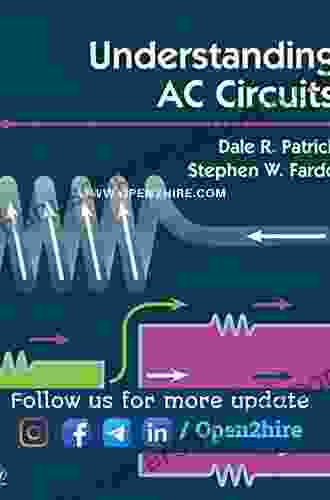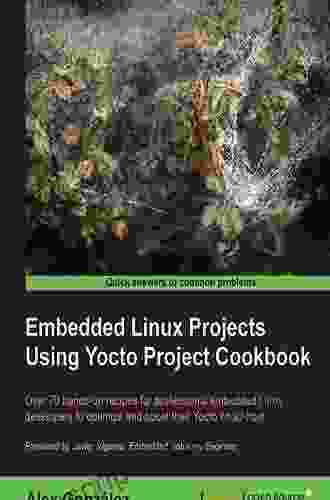Understanding DC Circuits: The Ultimate Guide for Beginners

4.3 out of 5
| Language | : | English |
| File size | : | 9902 KB |
| Text-to-Speech | : | Enabled |
| Screen Reader | : | Supported |
| Enhanced typesetting | : | Enabled |
| Print length | : | 569 pages |
Welcome to the world of DC circuits! Direct current (DC) circuits are the foundation of many electrical systems, from simple circuits to complex electronics. In this comprehensive guide, we will take a deep dive into the fundamentals of DC circuits, starting with the basics and gradually building up to more advanced concepts. Whether you're a complete beginner or looking to refresh your knowledge, this guide will provide you with a solid understanding of DC circuits.
Basic Concepts
Let's start with the basic building blocks of DC circuits:
Current
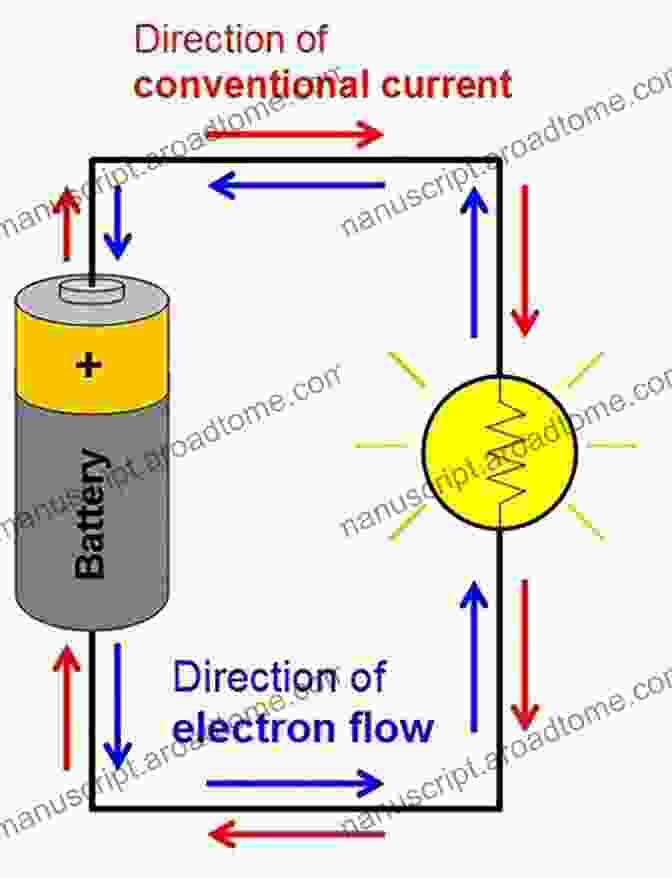
Current is the flow of electric charge, similar to water flowing through a pipe. In DC circuits, current flows in one direction only. The unit of current is the ampere (A).
Voltage
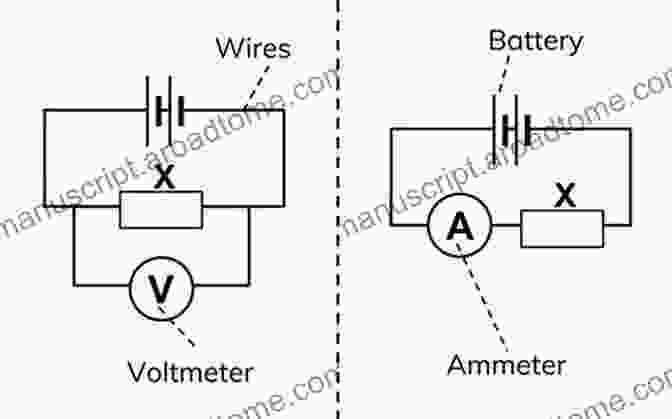
Voltage is the difference in electrical potential between two points. It represents the force that drives current through a circuit. The unit of voltage is the volt (V).
Resistance
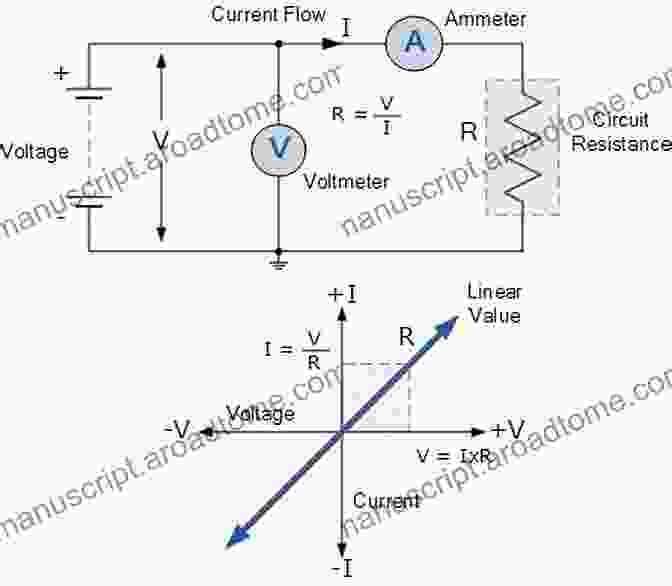
Resistance is the opposition to current flow. It determines how much current flows through a circuit for a given voltage. The unit of resistance is the ohm (Ω).
Ohm's Law and Kirchhoff's Laws
These fundamental laws govern the behavior of DC circuits:
Ohm's Law

Ohm's law relates current, voltage, and resistance: V = IR, where V is voltage, I is current, and R is resistance. It provides a simple way to calculate the values of these quantities in a circuit.
Kirchhoff's Current Law (KCL)
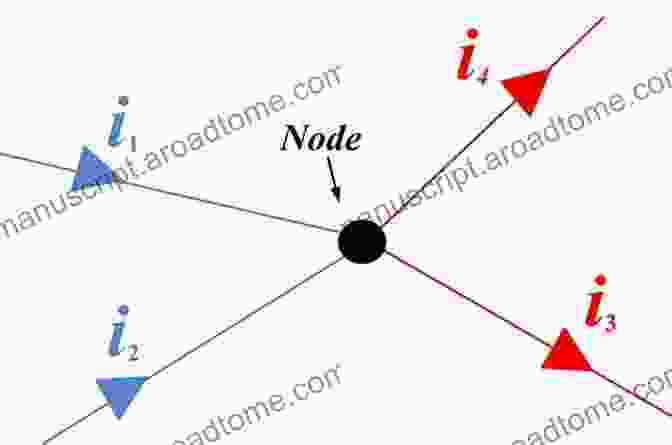
KCL states that the total current entering a junction (where multiple wires connect) is equal to the total current leaving the junction.
Kirchhoff's Voltage Law (KVL)
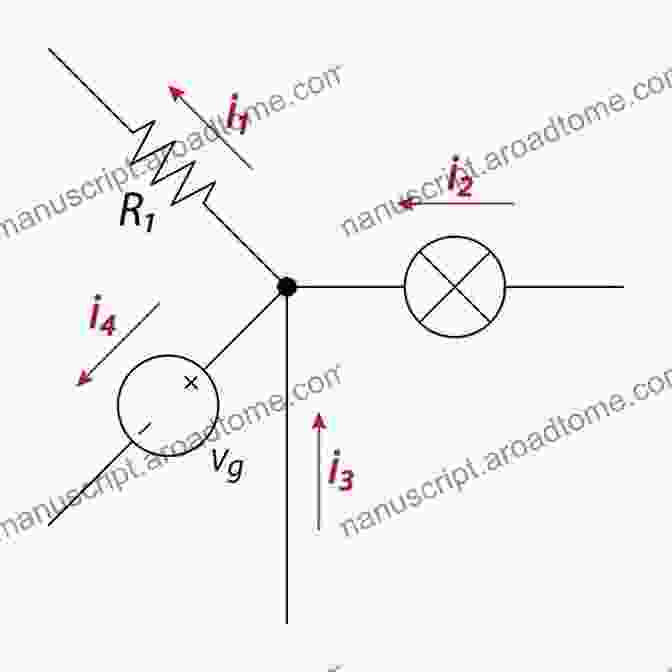
KVL states that the sum of the voltages around any closed loop in a circuit is equal to zero.
Circuit Analysis
Now that we have covered the basics, let's explore some common circuit analysis techniques:
Series Circuits
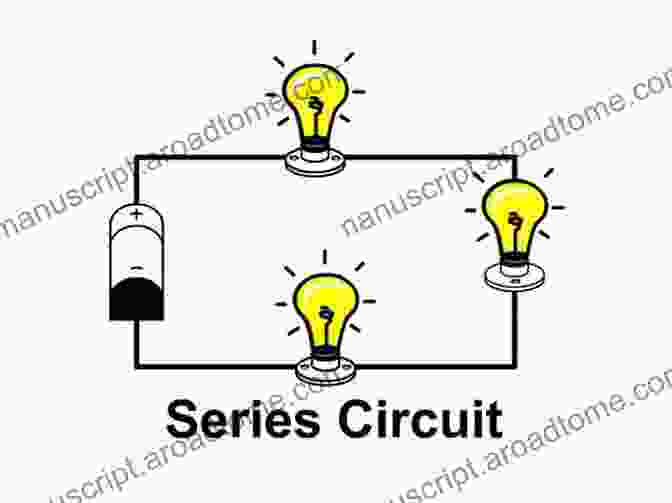
In a series circuit, components are connected end-to-end, forming a single path for current flow. Total resistance is the sum of individual resistances, and the same current flows through all components.
Parallel Circuits
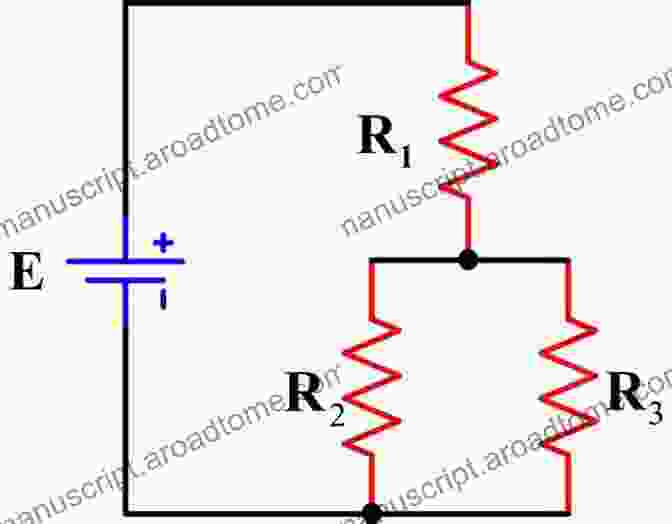
In a parallel circuit, components are connected side-by-side, providing multiple paths for current flow. Total resistance is less than that of any individual resistor, and current divides among the branches based on their resistances.
Voltage Dividers and Current Dividers
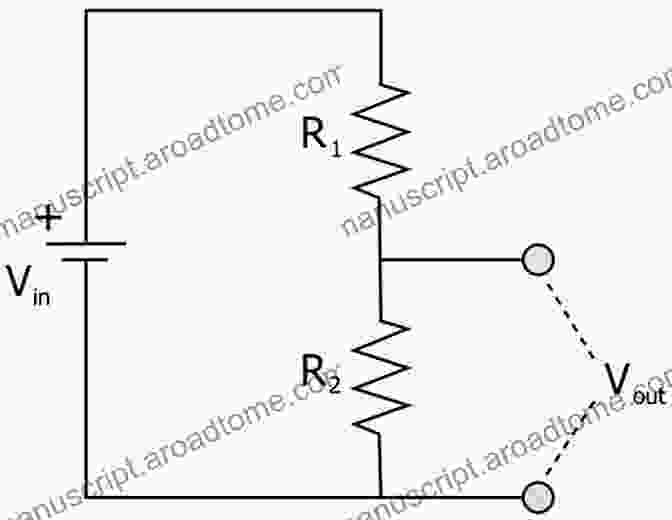
Voltage dividers and current dividers are special circuits used to distribute voltage or current across components.
Electrical Components
In addition to resistors, there are various other electrical components used in DC circuits:
Capacitors

Capacitors store electrical charge and can be used to smooth out voltage fluctuations or provide a temporary voltage supply.
Inductors
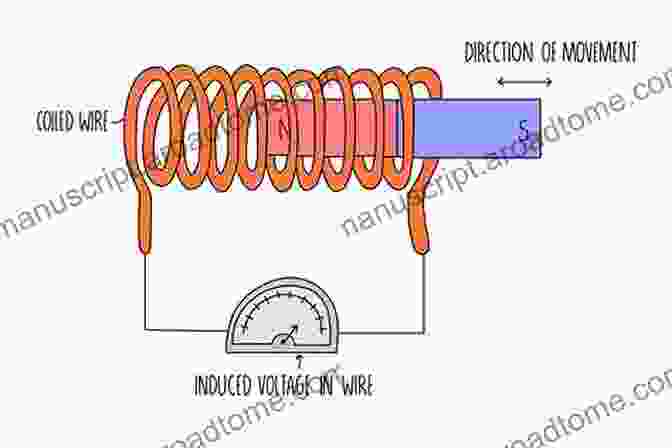
Inductors store energy in a magnetic field and can be used to limit current flow or create oscillations.
Diodes

Diodes allow current to flow in one direction only, making them useful for rectification (converting AC to DC) and other switching applications.
Transistors

Transistors are active components that can amplify signals, switch currents, and perform other electronic functions.
Applications of DC Circuits
DC circuits are used in a wide range of applications, including:
Power Distribution

DC power distribution systems are used to transmit and distribute electrical power over long distances.
Electronics
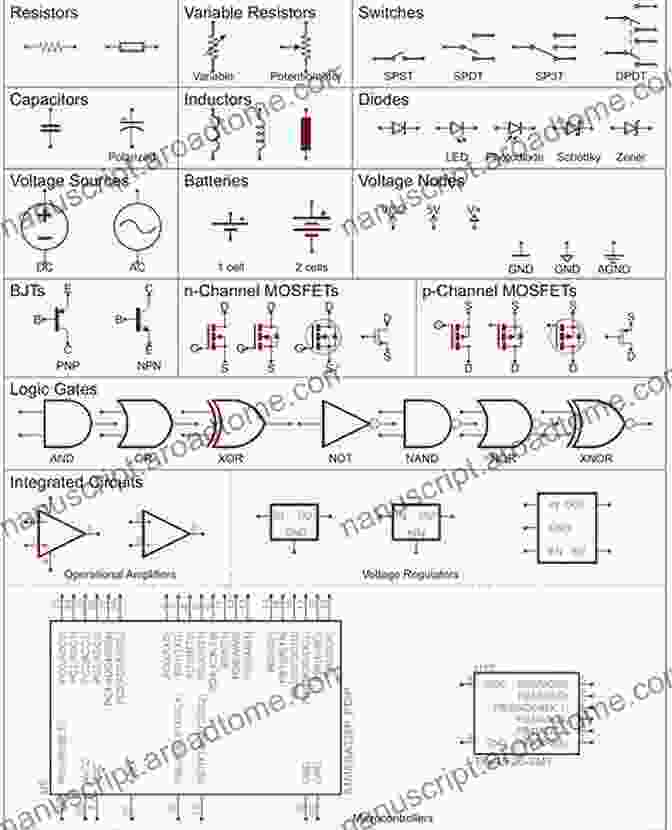
DC circuits are essential for powering and controlling electronic devices such as computers, smartphones, and televisions.
Telecommunications

DC circuits are used in telecommunications to power and transmit signals over long distances.
Congratulations! You have now gained a solid foundation in understanding DC circuits. This guide has covered the basics of current, voltage, resistance, and Ohm's law, as well as more advanced concepts like Kirchhoff's laws, circuit analysis, and electrical components.
Remember, practice is key to mastering DC circuits. Start by building simple circuits and gradually increase the complexity as you become more comfortable. By applying the principles you have learned in this guide, you can design, analyze, and troubleshoot DC circuits with confidence.
For further exploration, I highly recommend the following resources:
* [DC Circuits Tutorial for Beginners](https://www.electronics-tutorials.ws/dccircuits/dccircuits.html) * [Khan Academy: DC Circuits](https://www.khanacademy.org/science/ap-physics-1/ap-linear-momentum/current-and-circuits
4.3 out of 5
| Language | : | English |
| File size | : | 9902 KB |
| Text-to-Speech | : | Enabled |
| Screen Reader | : | Supported |
| Enhanced typesetting | : | Enabled |
| Print length | : | 569 pages |
Do you want to contribute by writing guest posts on this blog?
Please contact us and send us a resume of previous articles that you have written.
 Book
Book Novel
Novel Page
Page Chapter
Chapter Text
Text Story
Story Genre
Genre Reader
Reader Library
Library Paperback
Paperback E-book
E-book Magazine
Magazine Newspaper
Newspaper Paragraph
Paragraph Sentence
Sentence Bookmark
Bookmark Shelf
Shelf Glossary
Glossary Bibliography
Bibliography Foreword
Foreword Preface
Preface Synopsis
Synopsis Annotation
Annotation Footnote
Footnote Manuscript
Manuscript Scroll
Scroll Codex
Codex Tome
Tome Bestseller
Bestseller Classics
Classics Library card
Library card Narrative
Narrative Biography
Biography Autobiography
Autobiography Memoir
Memoir Reference
Reference Encyclopedia
Encyclopedia Christian Dennys
Christian Dennys David Lachapelle
David Lachapelle Dan Bergher
Dan Bergher Christian Antognini
Christian Antognini Michael F Melcher
Michael F Melcher Chris H Miller
Chris H Miller Christin Geall
Christin Geall Charlie Spedding
Charlie Spedding Interweave Editors
Interweave Editors Paul Knight
Paul Knight Cecilia Overt
Cecilia Overt D S Harton
D S Harton Christian Blauvelt
Christian Blauvelt Charles T Tart
Charles T Tart Roy Jackson
Roy Jackson Chelsea Fagan
Chelsea Fagan Christel Schmidt
Christel Schmidt Chris Griffiths
Chris Griffiths Vex King
Vex King Jeff Duncan
Jeff Duncan
Light bulbAdvertise smarter! Our strategic ad space ensures maximum exposure. Reserve your spot today!

 Melvin BlairHow Did We Get Into This Mess: Truth, Consequences and Leadership in the 21st...
Melvin BlairHow Did We Get Into This Mess: Truth, Consequences and Leadership in the 21st...
 Jeremy MitchellEasily Dominate The Test With 105 Practice Questions Rationales To Help You
Jeremy MitchellEasily Dominate The Test With 105 Practice Questions Rationales To Help You Harvey BellFollow ·3.3k
Harvey BellFollow ·3.3k Quentin PowellFollow ·9.8k
Quentin PowellFollow ·9.8k Jerry WardFollow ·7.9k
Jerry WardFollow ·7.9k Jacob FosterFollow ·8.9k
Jacob FosterFollow ·8.9k Jerome BlairFollow ·13.8k
Jerome BlairFollow ·13.8k Dalton FosterFollow ·19.5k
Dalton FosterFollow ·19.5k Matt ReedFollow ·8.8k
Matt ReedFollow ·8.8k Jesus MitchellFollow ·19.8k
Jesus MitchellFollow ·19.8k
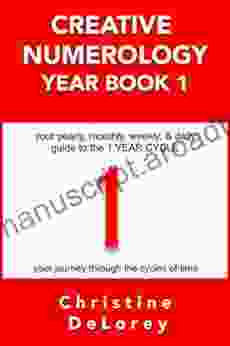
 Esteban Cox
Esteban CoxYour Yearly Monthly Weekly Daily Guide To The Year Cycle:...
As we navigate the ever-changing currents...

 George Orwell
George OrwellIdentifying and Understanding Astronomical and...
Prepare to embark on an extraordinary...

 Arthur Conan Doyle
Arthur Conan DoyleYour Yearly Monthly Weekly Daily Guide to the Year Cycle:...
Welcome to "Your Yearly Monthly Weekly Daily...

 Steve Carter
Steve CarterUrban Informatics: Unlocking the Secrets of Smart Cities...
An In-Depth Exploration of Urban...
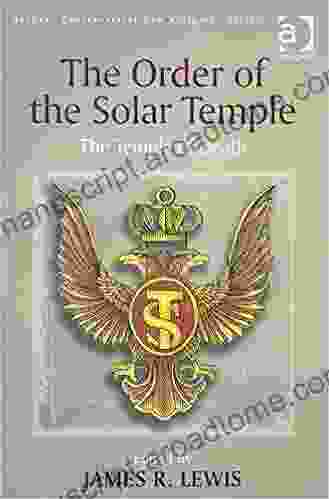
 Henry Hayes
Henry HayesUnveil the Secrets of the Order of the Solar Temple: A...
In the realm of secret...
4.3 out of 5
| Language | : | English |
| File size | : | 9902 KB |
| Text-to-Speech | : | Enabled |
| Screen Reader | : | Supported |
| Enhanced typesetting | : | Enabled |
| Print length | : | 569 pages |


